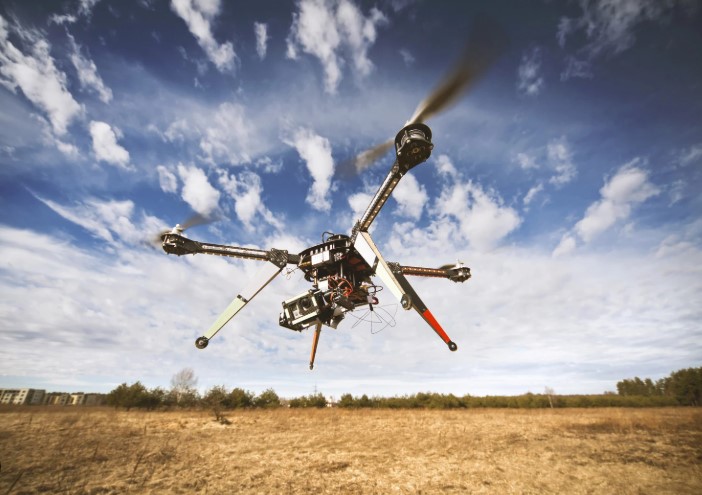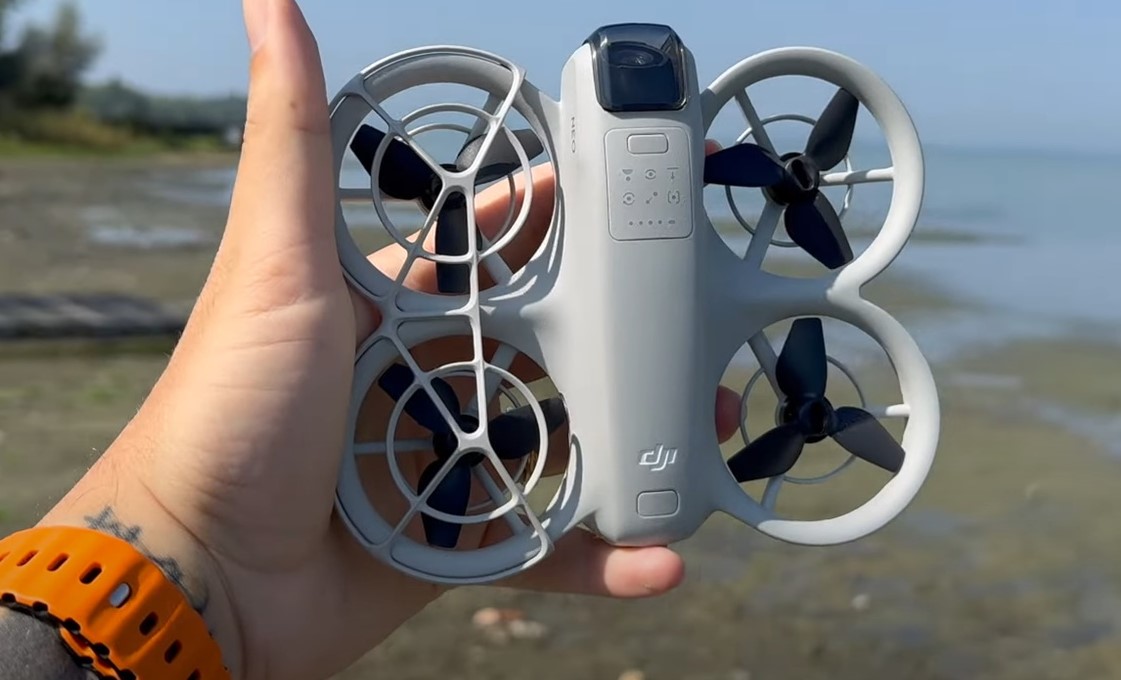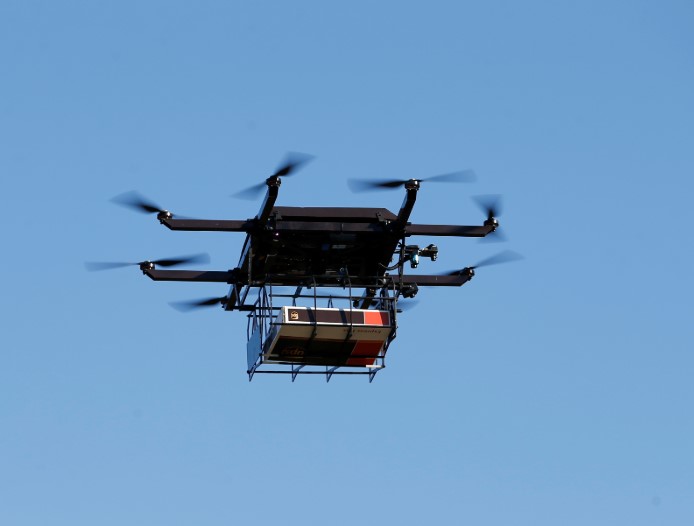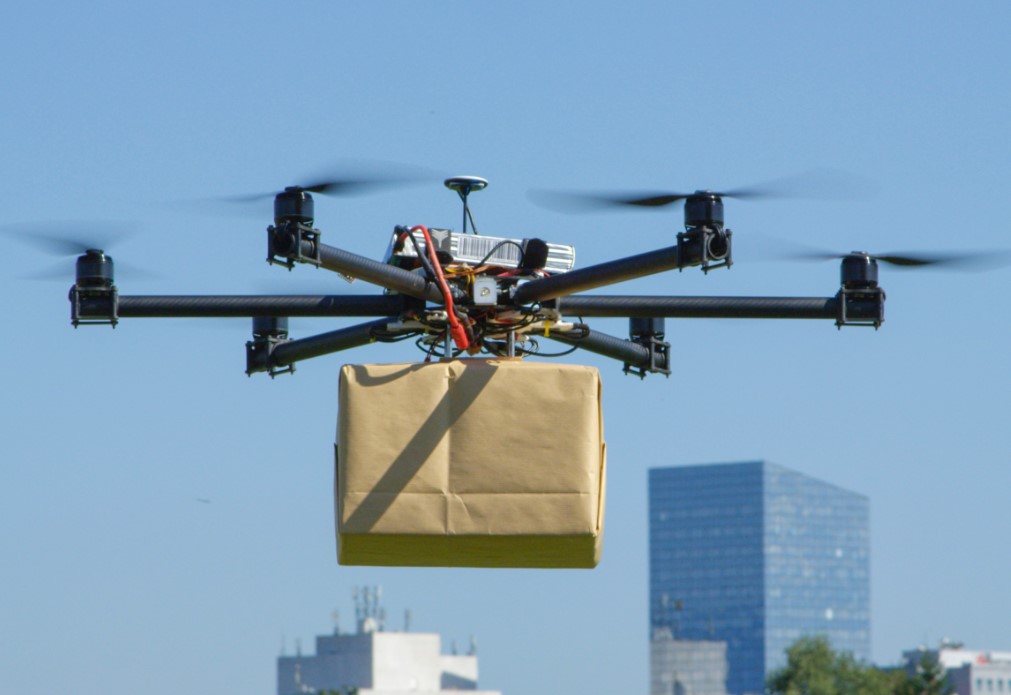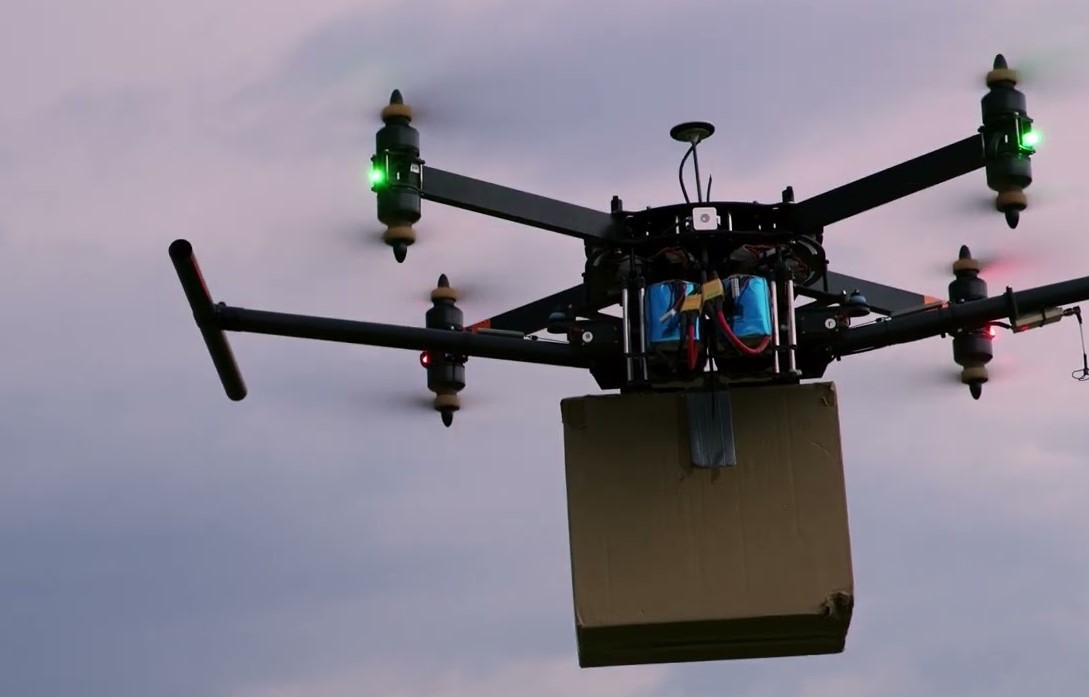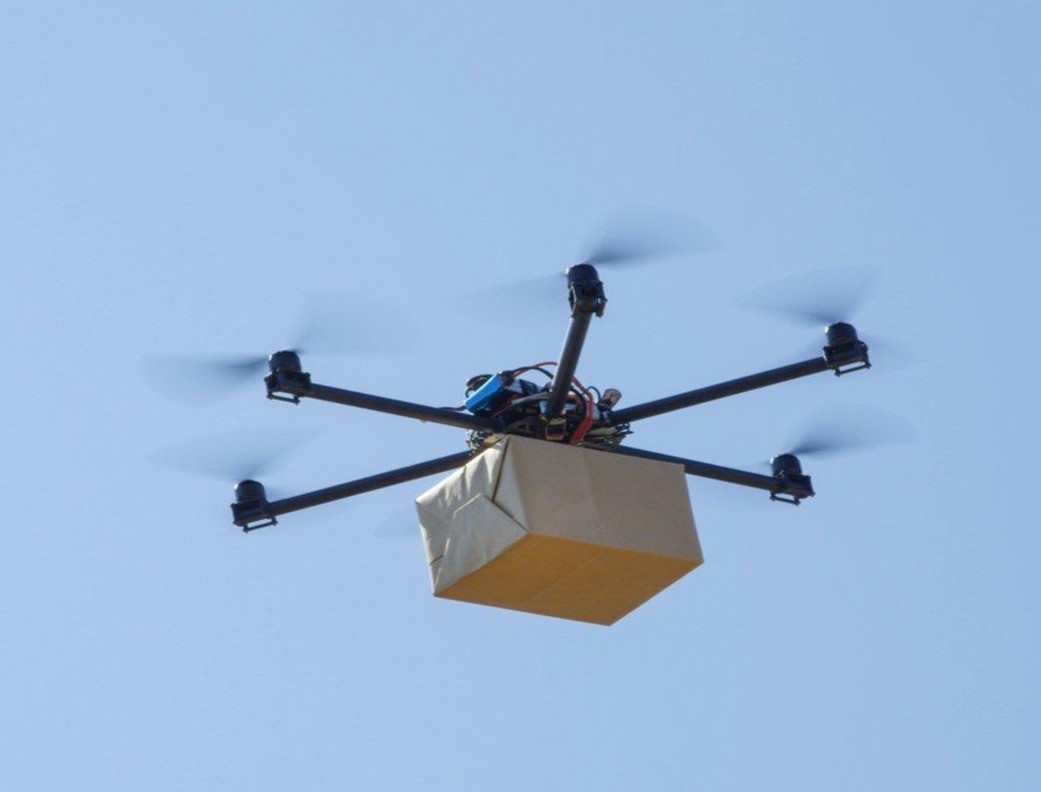Is Drone Delivery Legal in the USA? In recent years, drones have revolutionized various industries, from photography and agriculture to logistics and delivery. Among these, drone delivery has gained significant attention for its potential to transform the way goods are transported. However, as with any new technology, the legal and regulatory framework surrounding drone delivery is critical to its adoption and widespread use. This essay explores the current legal status of drone delivery in the United States, highlighting key regulations, challenges, and the future outlook for this innovative service. Follow ftvbest.com !!!
The Rise of Drone Delivery Services
Drone delivery, the use of unmanned aerial vehicles (UAVs) to transport goods, has captured the imagination of businesses and consumers alike. Companies like Amazon, UPS, and Wing (a subsidiary of Alphabet) have invested heavily in drone delivery programs. These initiatives aim to provide faster, more efficient, and environmentally friendly delivery options. The idea of receiving packages within minutes, especially in remote or hard-to-reach areas, is highly appealing. However, the implementation of such services hinges on compliance with federal, state, and local laws.
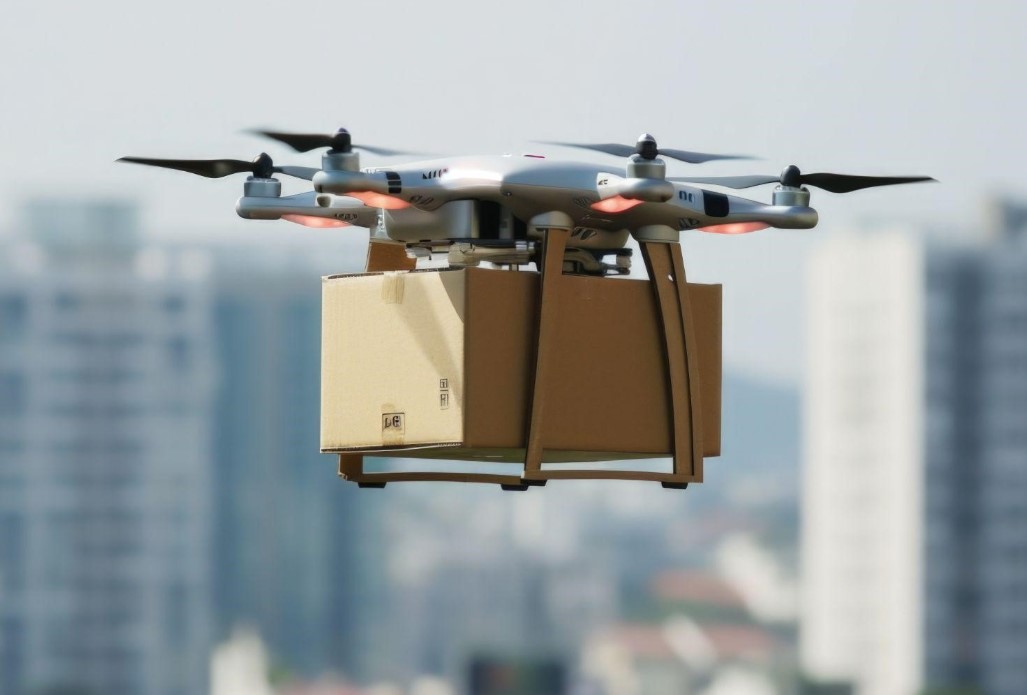
Is Drone Delivery Legal in the USA?
Is drone delivery legal in the USA? The answer is a qualified yes. Federal laws, primarily governed by the FAA, allow for drone delivery under specific conditions. Companies must navigate a complex web of regulations, including obtaining waivers, adhering to state and local laws, and addressing public concerns.
Federal Regulations Governing Drone Use
In the United States, the Federal Aviation Administration (FAA) oversees the use of drones in national airspace. The FAA has established a series of regulations to ensure the safe and responsible use of UAVs. Key rules relevant to drone delivery include:
- Part 107 Rules: These regulations govern the commercial use of drones weighing less than 55 pounds. Under Part 107, operators must:
- Obtain a Remote Pilot Certificate.
- Fly drones only within the operator’s visual line of sight (VLOS).
- Limit flights to daylight hours or civil twilight with appropriate lighting.
- Avoid flying over people or moving vehicles unless a waiver is granted.
- Waivers for Beyond Visual Line of Sight (BVLOS): Drone delivery often requires flights beyond the operator’s VLOS. Companies must obtain a waiver from the FAA to conduct such operations. This is a significant hurdle, as BVLOS flights pose higher risks and require advanced safety measures, such as detect-and-avoid systems.
- Airspace Authorization: Drone delivery services operating near airports or in controlled airspace must secure authorization from the FAA.
- Remote ID Requirements: Starting in 2023, the FAA mandated that most drones broadcast identification and location information. This rule aims to enhance safety and accountability, especially in urban areas where drone traffic may increase.
State and Local Laws
While the FAA regulates airspace, state and local governments can impose additional restrictions on drone operations. These may include prohibitions on flying over private property, noise ordinances, and limitations on operating hours. For instance, some states have enacted laws to protect individual privacy from drone surveillance. Companies planning to launch drone delivery services must navigate this patchwork of regulations to ensure compliance.
>>> Read More: Is Drone Delivery Legal In Australia?
Pilot Programs and Case Studies
Several pilot programs and partnerships have tested the feasibility of drone delivery in the United States:
- Wing in Christiansburg, Virginia: Wing became the first drone delivery company certified as an air carrier by the FAA. In partnership with local businesses, Wing has successfully delivered food, medicine, and other small items to residents in Christiansburg.
- UPS Flight Forward: UPS has focused on using drones for healthcare logistics. The company’s drones have transported medical supplies, including blood samples, between hospitals in North Carolina.
- Amazon Prime Air: Amazon has conducted limited trials of its Prime Air service, delivering packages weighing up to five pounds within a 10-mile radius.
These case studies demonstrate the potential of drone delivery while highlighting regulatory and logistical challenges.
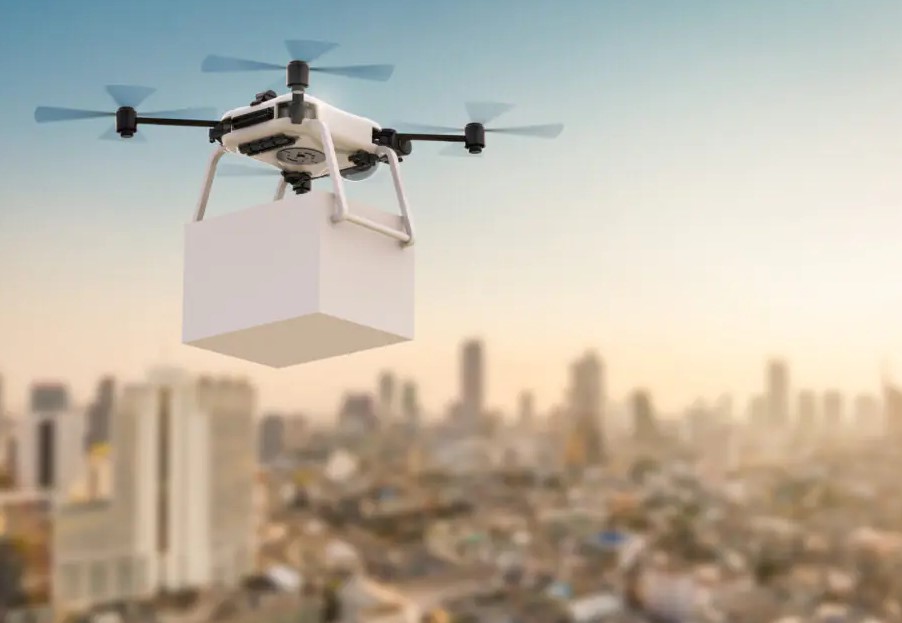
Challenges to Legalizing Drone Delivery
Despite significant progress, several challenges remain in making drone delivery a mainstream service:
- Safety Concerns: Ensuring the safety of drones in crowded airspace is a top priority. Collisions with other aircraft, buildings, or people could have severe consequences. The development of robust safety systems, such as collision avoidance technology, is essential.
- Privacy Issues: The use of drones equipped with cameras raises concerns about surveillance and data collection. Addressing these concerns requires clear guidelines on data use and storage.
- Noise Pollution: The noise generated by drones could become a nuisance, particularly in urban areas. Companies must design quieter drones to minimize disruption.
- Economic Feasibility: High operational costs and technological investments could limit the scalability of drone delivery. Companies need to develop cost-effective models to make the service viable.
- Public Acceptance: Gaining the trust and acceptance of the public is crucial. Negative perceptions of drones as intrusive or unsafe could hinder adoption.
The Future of Drone Delivery in the USA
The future of drone delivery in the United States looks promising, with several developments paving the way for wider adoption:
- Advanced Air Mobility (AAM): The FAA and other stakeholders are working on AAM frameworks to integrate drones and other aerial vehicles into national airspace. These frameworks aim to address challenges like air traffic management and infrastructure development.
- Technological Innovations: Advances in battery technology, artificial intelligence, and autonomous systems are making drones more efficient and reliable. These innovations could reduce operational costs and improve safety.
- Expanded FAA Regulations: The FAA is gradually updating its regulations to accommodate the growing use of drones. For instance, the agency is exploring ways to streamline the waiver process for BVLOS flights.
- Increased Industry Collaboration: Partnerships between private companies, government agencies, and academia are fostering innovation and addressing regulatory challenges. Collaborative efforts like the FAA’s Integration Pilot Program (IPP) have been instrumental in testing new technologies and operational models.
- Consumer Demand: The COVID-19 pandemic highlighted the importance of contactless delivery options. As consumer demand for fast and convenient delivery grows, companies are likely to prioritize drone delivery as a competitive advantage.
Conclusion
Is drone delivery legal in the USA? The answer is both yes and no. While the FAA has laid the groundwork for commercial drone operations, significant regulatory and technological hurdles remain. Companies must comply with stringent federal regulations, navigate state and local laws, and address public concerns to make drone delivery a reality.
Despite these challenges, the future of drone delivery is bright. Pilot programs and technological advancements are proving the feasibility and benefits of this innovative service. With continued collaboration between stakeholders and the gradual evolution of regulations, drone delivery could become a cornerstone of logistics in the United States. As the legal landscape evolves, the dream of receiving packages via drones may soon become a widespread reality, transforming the way goods are transported and delivered.
>>> Read More: Do You Need a License to Fly a Drone in Canada?
